Histioteuthis celetaria
Richard E. Young and Michael VecchioneCharacteristics
- Photophores
- Basal Row with 9 photophores and a single sawtooth (see arrow in photograph at right).
- Club suckers
 Click on an image to view larger version & data in a new window
Click on an image to view larger version & data in a new window
Figure. Oral view of a club sucker of H. celetaria, ventral series, holotype. Drawing from Voss (1969, Fig.15b).
- Suckers of 3 ventral-marginal rows of manus with broad, asymmetrical outer rings.
- Central suckers of manus only slightly enlarged.
Comments
More details of the description can be found here.Species of the celetaria-group are characterized by:
- Head photophores:
- Type 1b pattern on head.
- Basal Row of head with 9 or 10 photophores.
- Right Basal Series of head absent.
- Arms IV with 3 longitudinal series on arm base (drawing below).
 Click on an image to view larger version & data in a new window
Click on an image to view larger version & data in a new window
Figure. Ventral view of right arm IV, holotype, 39 mm ML, female. Drawing from Voss (1969, Fig.15f). - Most species with separate group of 4-8 compound photophores on ends of arms IV (drawing above) (Voss, et al., 1998). Apparently this feature is absent in H. inermis.
- Compound photophores of large, uniform size and evenly spaced on anterior 2/3 of ventral mantle.
- Tubercles
- Absent.
The species differ in the following manner:
| Character | H. celetaria | H. inermis | H. pacifica | H. sp. A |
|---|---|---|---|---|
| Club suckers | ||||
| Asymmetrical outer sucker rings in: | 3 ventral-marginal sucker series | No asymmetrical rings | 2 ventral-marginal sucker series | No asymmetrical rings |
| Size of medial manal suckers: | Slightly larger than marginal suckers | 2 X marginal suckers | 1.5 X marginal suckers | Slightly larger than marginal suckers |
| Large manal-sucker dentition: | 12-13 teeth on distal margin | 20-27 teeth on entire margin | 28-32 teeth on entire margin | 15-20 teeth on distal margin |
| Photophores | ||||
| Single sawtooth in Basal Row photophore pattern: | Yes | No sawtooth | No sawtooth | Yes |
| Number of photophores in Basal Row: | 9 | 10 | 9 | 9 |
With the exception of the analysis of head photophores and the inclusion of H. inermis in this species group, most of the information presented here is from Voss (1969) and Voss, et al . (1998)
Life History
Single mature female (258 mm ML) and male (87 mm ML) known; mature eggs are 1.9 mm in diameter (Voss, et al, 1998). The smallest specimen illustrated is a 10.3 mm subadult. Paralarvae are unknown.
Distribution
Geographical distribution
Type locality:Northwestern Atlantic, 32°10'N,64° 45'W. H. celetaria occupies tropical and subtropical waters of the Atlantic Ocean. However, it appears to be absent from the Gulf of Mexico and the Caribbean Sea (Voss et al., 1998).
References
Voss, N. A. 1969. A monograph of the Cephalopoda of the North Atlantic: The family Histioteuthidae. Bull. Mar. Sci., 19: 713-867.
Voss, N.A., K. N. Nesis, P. G. Rodhouse. 1998. The cephalopod family Histioteuthidae (Oegopsida): Systematics, biology, and biogeography. Smithson. Contr. Zool., 586(2): 293-372.
Title Illustrations

| Scientific Name | Histioteuthis celetaria |
|---|---|
| Location | 32° 10'N, 64° 45'W |
| Reference | from Voss, N. A. 1969. A monograph of the Cephalopoda of the North Atlantic: The family Histioteuthidae. Bull. Mar. Sci. 19:713-867. (fig. 15a) printed with permission |
| Sex | Female |
| Life Cycle Stage | immature |
| View | ventral |
| Size | 39 mm ML |
| Type | holotype |
| Copyright | © 1969 Bulletin of Marine Science |
| Scientific Name | Histioteuthis celetaria |
|---|---|
| Location | 18°36'S, 04°18'W |
| Comments | NMNH specimen, WH 447-III-71, preserved |
| View | Partial view of right-ventral side |
| Image Use |
 This media file is licensed under the Creative Commons Attribution-NonCommercial License - Version 3.0. This media file is licensed under the Creative Commons Attribution-NonCommercial License - Version 3.0.
|
| Copyright |
©

|
About This Page
Drawings from Voss (1969) printed with the Permission of the Bulletin of Marine Science.

University of Hawaii, Honolulu, HI, USA

National Museum of Natural History, Washington, D. C. , USA
Page copyright © 2013 and
 Page: Tree of Life
Histioteuthis celetaria .
Authored by
Richard E. Young and Michael Vecchione.
The TEXT of this page is licensed under the
Creative Commons Attribution-NonCommercial License - Version 3.0. Note that images and other media
featured on this page are each governed by their own license, and they may or may not be available
for reuse. Click on an image or a media link to access the media data window, which provides the
relevant licensing information. For the general terms and conditions of ToL material reuse and
redistribution, please see the Tree of Life Copyright
Policies.
Page: Tree of Life
Histioteuthis celetaria .
Authored by
Richard E. Young and Michael Vecchione.
The TEXT of this page is licensed under the
Creative Commons Attribution-NonCommercial License - Version 3.0. Note that images and other media
featured on this page are each governed by their own license, and they may or may not be available
for reuse. Click on an image or a media link to access the media data window, which provides the
relevant licensing information. For the general terms and conditions of ToL material reuse and
redistribution, please see the Tree of Life Copyright
Policies.
- Content changed 03 November 2013
Citing this page:
Young, Richard E. and Michael Vecchione. 2013. Histioteuthis celetaria . Version 03 November 2013 (under construction). http://tolweb.org/Histioteuthis_celetaria/19798/2013.11.03 in The Tree of Life Web Project, http://tolweb.org/




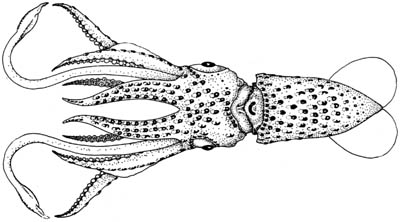
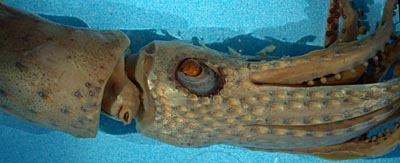
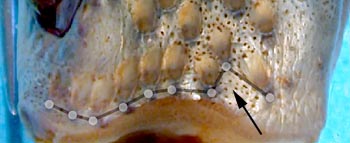
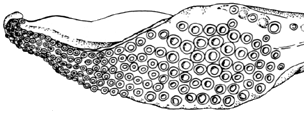

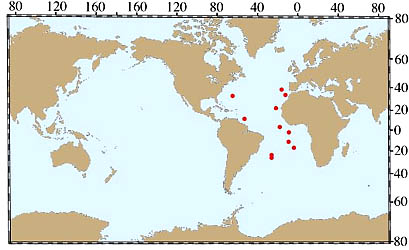




 Go to quick links
Go to quick search
Go to navigation for this section of the ToL site
Go to detailed links for the ToL site
Go to quick links
Go to quick search
Go to navigation for this section of the ToL site
Go to detailed links for the ToL site